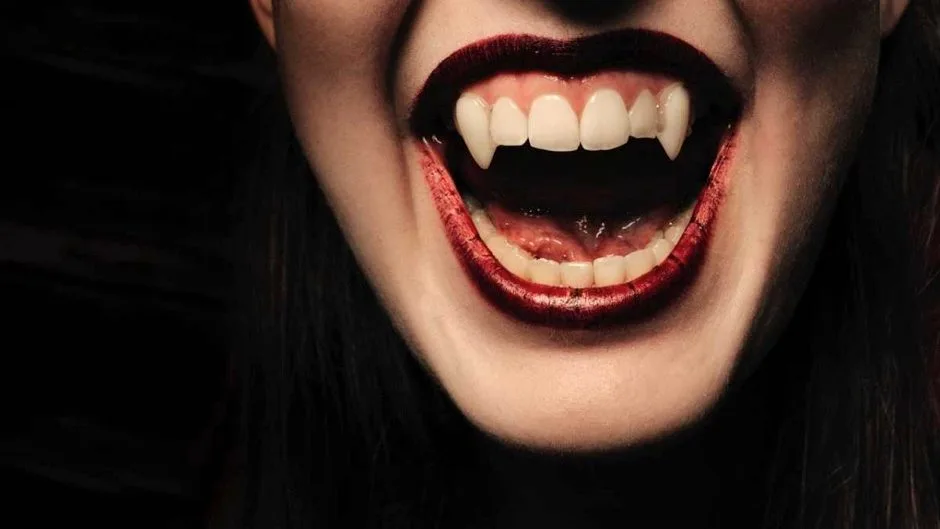Have you been wondering why most movie directors use attractive people for vampire characters? Do you want to know why are vampires sexualized? Unveil this most asked question as you keep on reading.

Vampires have been a staple of popular culture for decades now. Interestingly, these dark immortal beings have been depicted in countless works of fiction. You can see the way it’s being used in Bram Stoker’s “Dracula” and “Twilight”.
One aspect of vampire lore that has become increasingly prevalent in recent years is their sexualization. Vampires are often portrayed as seductive and alluring, with an irresistible appeal that draws in their victims. But why are vampires sexualized?
In this post, you will get to know the cultural phenomenon of vampire sexualization and attempt to understand its origins.
Why Are Vampires Sexualized?

For years, vampires have always been associated with the concept of “otherness”. Also, they are creatures that exist outside of the human norm, with their own set of rules and desires. This otherness is part of what makes vampires so appealing to audiences.
Also, this otherness brought a sense of escapism from the mundane world. However, it is also what makes them a perfect vehicle for exploring taboo themes such as sexuality.
The sexualization of vampires can be traced back to the earliest vampire stories. In Bram Stoker’s “Dracula“, the eponymous character is portrayed as an alluring figure who preys on young women.
Also, this sexual subtext is present throughout the novel, with Dracula’s seduction of Mina Harker being a major plot point. In addition, this sexualization of the vampire has continued to be a prevalent theme in vampire fiction ever since.
The Evolution of Vampire Sexualization

The sexualization of vampires has evolved to fit the modern era. In the early days of vampire fiction, the sexual subtext was often subtle, with the focus being more on the horror elements of the story. However, as society became more permissive, the sexual content of vampire stories became more overt.
One example of this evolution can be seen in the “Anne Rice” novels. In addition, Rice’s vampires are portrayed as sensual beings, with a sexuality that is both forbidden and alluring. This sexualization is an integral part of the novels, with the characters’ sexual desires being a major theme throughout the series.
Also, in more recent years, the sexualization of vampires has become even more prevalent. In shows like “True Blood” and “The Vampire Diaries”, vampires are depicted as sex symbols.
Especially with their alluring and seductive qualities being the primary focus of the story.
However, this shift towards overt sexualization has been controversial, with some critics arguing that it is exploitative and contributes to a culture of objectification.
The Appeal of Vampire Sexualization

So why are vampires sexualized? What is it about these immortal beings that makes them so alluring to audiences? Also, there are a few factors at play here.
Firstly, vampires are inherently sexy. Interestingly, they are powerful, mysterious, and often have an otherworldly beauty that is hard to resist. In addition, this appeal is heightened by the fact that vampires are forbidden.
Also, their very existence is a threat to human society, and their desires are often in direct conflict with our own. However, this sense of danger and taboo makes them all the more alluring.
Secondly, the sexualization of vampires provides a form of escapism for audiences. Vampires represent a world that is completely different from our own, with its own set of rules and desires. By immersing themselves in this world, audiences can escape from the mundane realities of their everyday lives.
Finally, vampire sexualization allows for the exploration of taboo themes. This taboo theme includes sexuality and desire. Also, vampires represent a form of “otherness” that is both seductive and dangerous.
By exploring these themes through the lens of vampire fiction, authors and filmmakers can push the boundaries of what is considered acceptable in mainstream culture.
Related Searches: